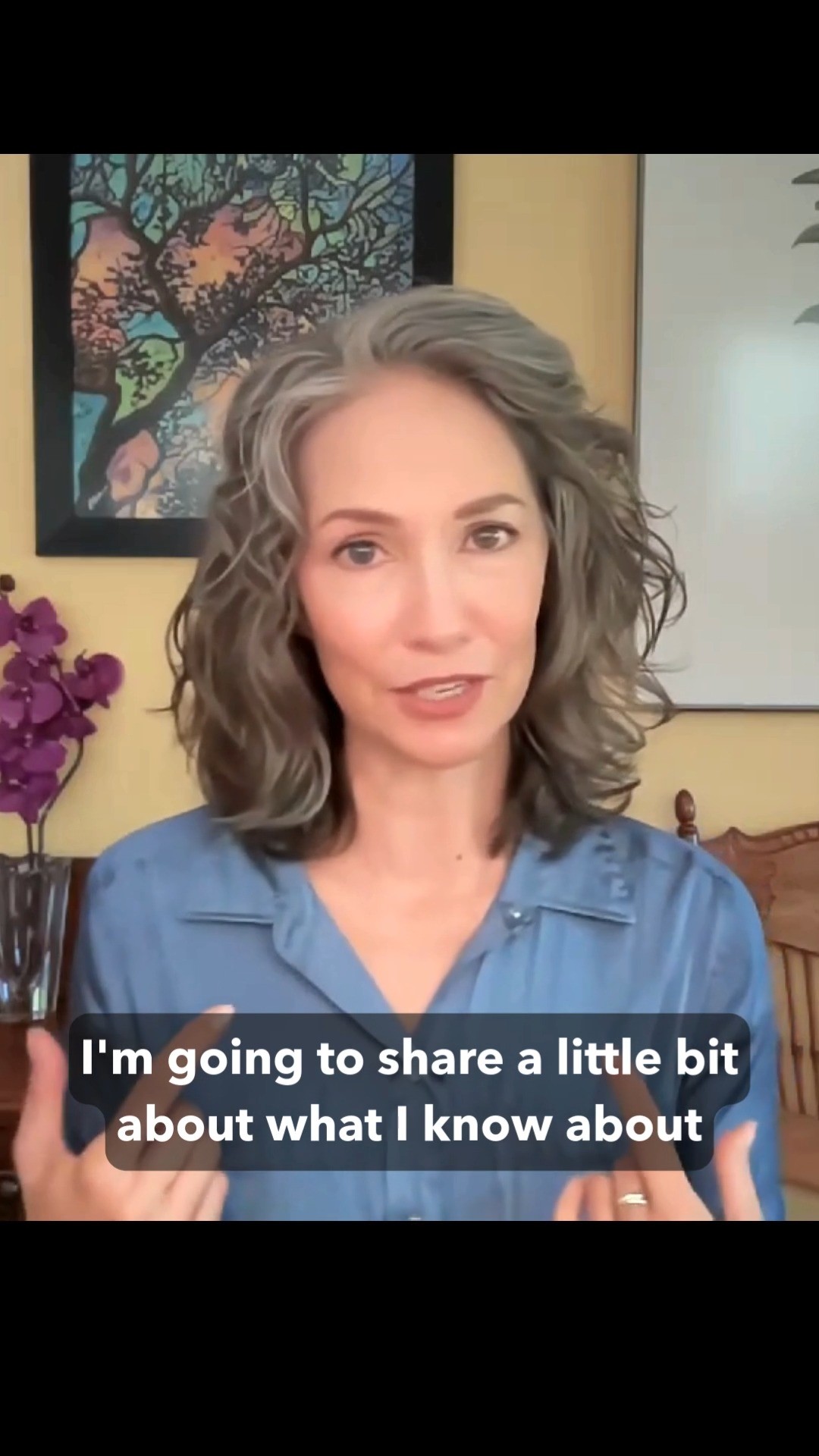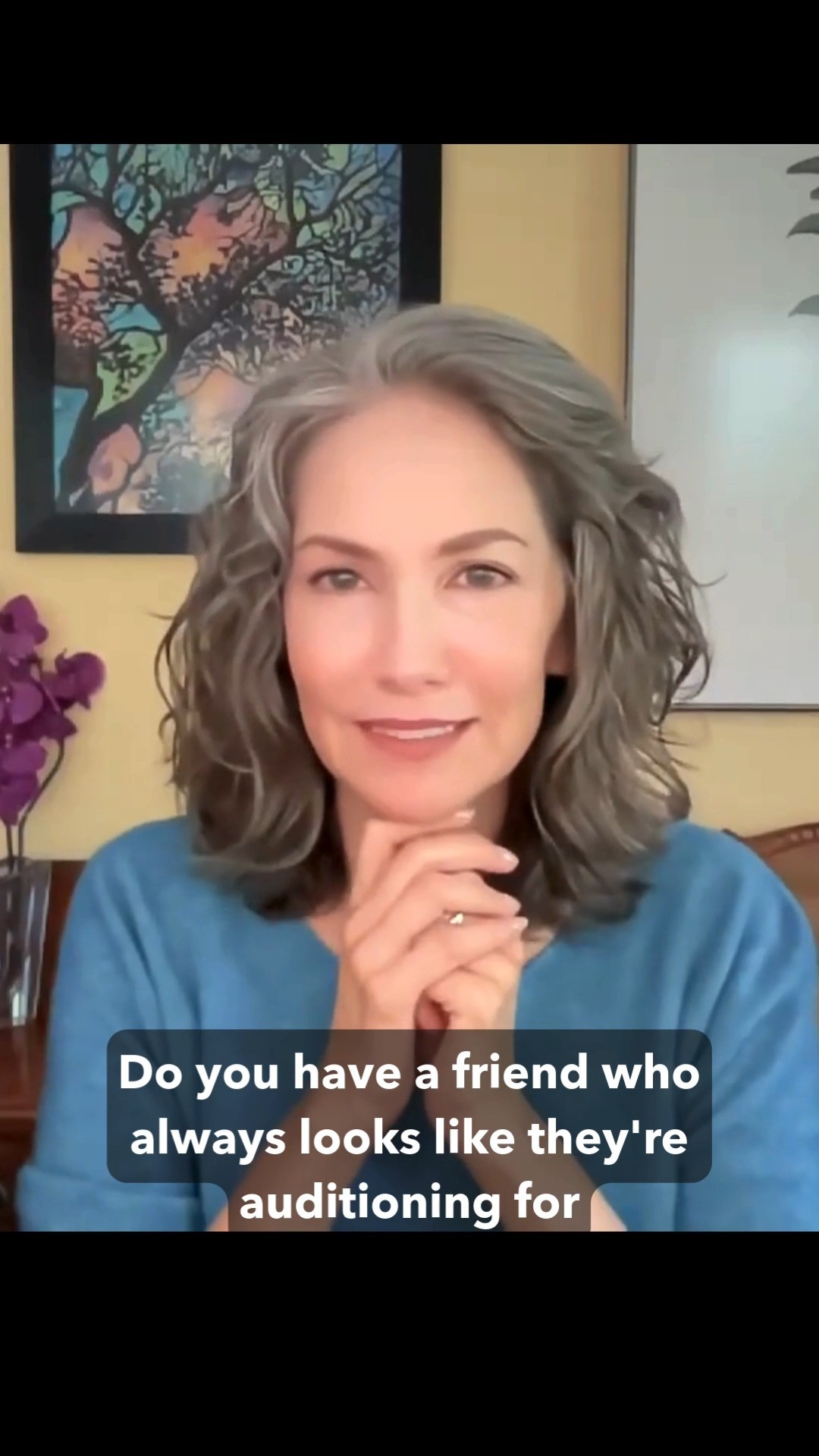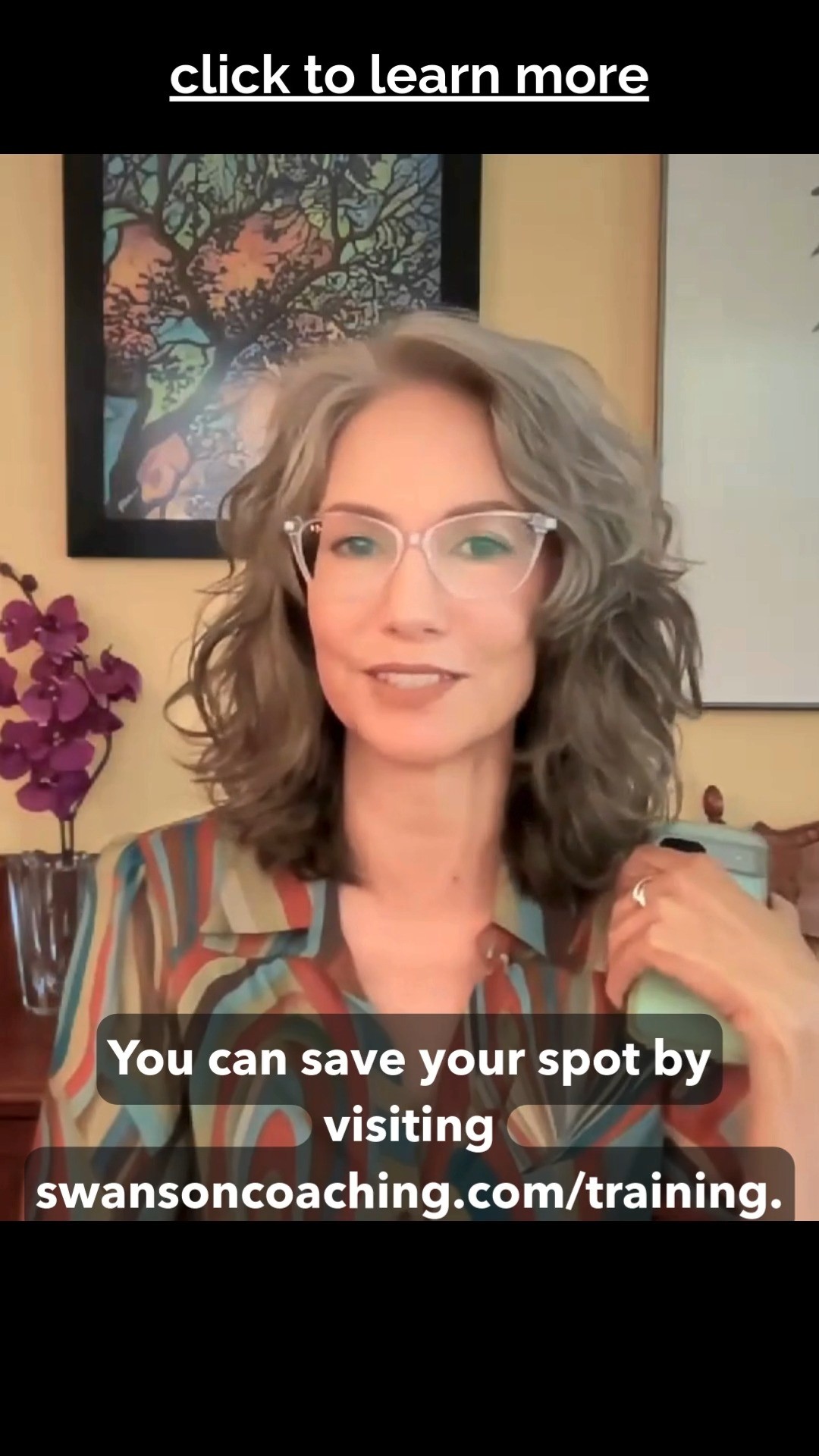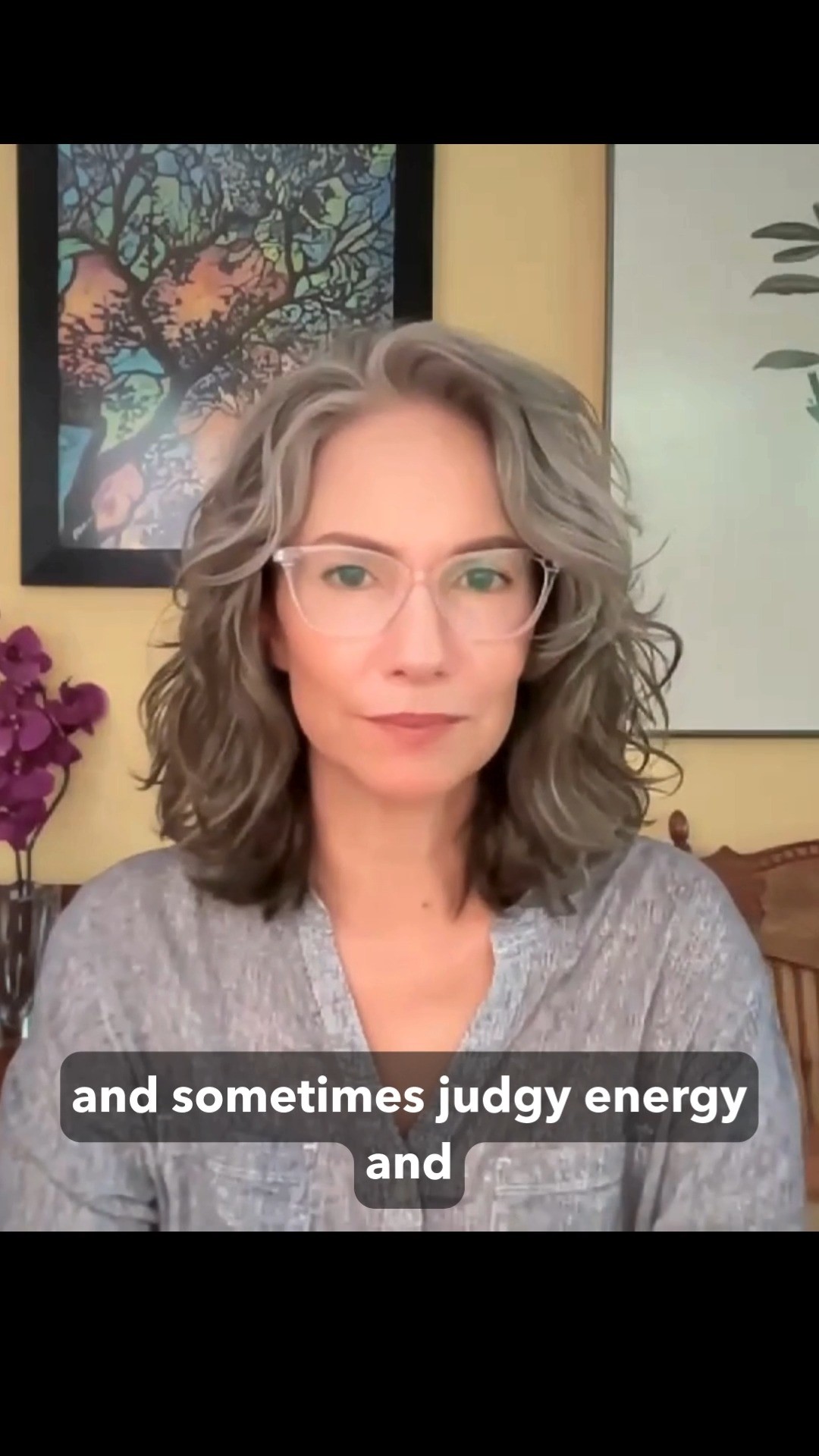This is part of my “one thing” series. Other posts in this series can be found here.
Some of you know I’m a musician (classical, horn) as well as a coach. This week I was talking about the importance of breathing while playing… which is rather key (haha, if you play a brass instrument!
I was reminded of the times when I wasn’t feeling well and playing the horn was hard. I would write AIR and BREATHE all over my music – because if at the very least you had air, you could produce a sound and fake your way through a musical passage.
Even if you’re faking it, you gotta breathe.
Giving thanks for breathing.
If we stop breathing, we stop living. This fact has been painfully brought to the forefront of our minds during the coronavirus pandemic, the virus which (among other things) can cause our lungs to stop working.
This involuntary thing that we all do, thousands of times a day without thinking – suddenly gone.
It’s quite astounding. I’m taking my breath for granted no more!
Just Breathe.
Breath can be so grounding. What does it feel like when we’re happy? Open and expansive are a couple of words that come to mind.
When we’re in love, we float, walking on air. When we’re relaxed and calm, our stomachs relax and our diaphragm can do its work. When we’re out in nature, as in the image above, we tend to take in deeper breaths. When we turn off electronics and tune in to our bodies and our senses (thinking of how lovely those pine trees and the smelled!), we allow ourselves to experience things to the fullest – our breath included.
What about when we’re upset? Constricted or closed, perhaps. When we’re stressed, sometimes our stomach will get “in a knot”. This does not bode well for good, relaxed breathing.
Breath and Stress.
When stressed, we start breathing from our upper chest instead of our belly, which activates our fight-or-flight stress response. Which is great when we’re fleeing a predator or fighting that neighboring tribe, but not so great when the stress never goes away. Quite a predicament especially now as this shelter-in-place and physical distancing has left many of us more stressed than ever.
When we’re in this constant state of stress our bodies can be more susceptible to disease. Also not good right now.
What does a natural, calm breath even look like? Think about when you are watching a baby or a pet sleep. Their belly naturally rises and falls. So does ours when we sleep.
Unfortunately, stress has trained us to forget this relaxed way of breathing during our waking hours. But, all is not lost, even in these crazy times.
Our breath is one of those things we can forget about – and the very thing that can take us back to a place of calm.
While the act of breathing is involuntary, we can make it a voluntary process and control it – if we desire to do so. Controlling our breath can aid in calming us down in times of stress. It allows our minds to focus on something other than anxiety or worry. It helps our emotions and feelings to become more steady. It give us control over something, which in turn allows us to feel more in control over other things in our lives.
Controlling the breath can trick the body into thinking we are in a place of calm – when in fact we are in crisis mode (speaking of faking it!).
How can something that’s so powerful and complex – yet so simple – be free? Pretty amazing to have this tool at our fingertips!
Here are a few breathing exercises for you to play with as you go about your day. Which ones work? Which don’t? There is no wrong way to go about these experiments, play around and have fun – even if it feels like you’re “faking” it!
4-8 and 4-7-8 Breathing
The simplest of simple. Breath in for 4, exhale for 8. Play around with extending the inhale and exhale, keeping the exhale twice as long as your inhale. How long can you go? What do you notice in your body and mind after 4-5 rounds of breathing this way?
A variation on this breath is to inhale for 4, hold for 7, exhale for 8. Dr. Andrew Wiel pioneered this technique and it can be quite relaxing – especially when trying to fall asleep at night. Vid here with Dr. Wiel:
Ujjayi Breathing
Great video here on how to do the “Darth Vader” breath – inhaling through the nose, and exhaling through the nose with a really open throat. This is sometimes done while doing yoga, but can be practiced at any time:
Want a breathing workout? Check out the “Breathing Gym”.
Us wind and brass players have a trick to help us take a deep breath: Put the side of your first finger flat against your lips as if saying “Shhh!” Then, relax your lips, drop your jaw and inhale sharply while imagining saying the word “HOW”.
Now that’s a deep, full breath! Repeat as necessary. Having the subtle resistance of the finger (or all 4 fingers) is a great aid in taking in all of that air. If you suffer from air hunger, this is a good one to keep in your toolbox.
For some fun crazy times and to increase your lung capacity, nothing does it like a couple of tuba players, who take this “HOW” breath to the next level. These exercises are taken from a DVD from… another generation… but, happy to have found them on the YouTube! Have to say, it feels really really good to BREATHE in this manner. It’s quite a workout.
As they state in their disclaimer, check with your doctor before trying any intense breathing exercises, especially if you have respiratory or lung issues.
Even crazier: Wim Hof Breathing Method
Gonna get a little crazy now. Wim Hof breathing is not for everyone. It can be pretty intense. I used to do one round in the morning for some time, however, it seemed to aggravate my tinnitus; lots of discussion out there on the interwebs about this unwelcome side effect. That said, I felt pretty great after that one round! AGAIN: check with your doctor before trying any intense breathing exercises if you have respiratory/lung issues or are otherwise compromised.
Chris Kresser offers some more thoughts on stress and breathing techniques here.
What other breathing exercises have you done? Do you notice a difference in energy and stress levels when you focus on your breath?
Play around, be curious, experiment, and remember: No matter what you’re doing, even if you’re faking it, you gotta breathe. Might as well make it a good breath.
My offer to you.
In light of all that’s been going on in this world, I would like to offer you, dear reader, some coaching.
I will listen deeply, offer empathy, and help you make sense of what’s going on in the world right now. It does not have to be about nutrition or autoimmune issues. We can talk about anything that’s on your mind.
We can talk about anything that’s on your mind:
- creating new habits in this “new normal” – or maintaining current habits
- work challenges – either working from home or being out of work
- figuring out how to best spend your time with your now at-home children (and still retain your sanity)
- how to cope if you have too much free time, or if you are finding it hard to strike a work-time vs. free-time balance in light of recent changes
- how best to manage stress
- guilty feelings about not having to go work or the gym or maybe cheating on your diet
- feeling ok doing absolutely nothing for a while
- helping you create structure in your life and a plan moving forward – whatever that may mean to you
- help you regain control if you are feeling out of control
- if you are a health care worker, I can offer empathy and support for what you are facing right now.
To book your Complimentary “Meet & Greet” Session and Assessment, click here.
Be well, everyone, and I look forward to meeting you.
Sandy
Sandy Swanson is a Certified Functional Health Coach who received her training from Chris Kresser’s ADAPT Health Coach training course (A-CFHC) and is also a National Board Certified Health and Wellness Coach (NBC-HWC). You can learn more about her here and more about what coaching is here.







